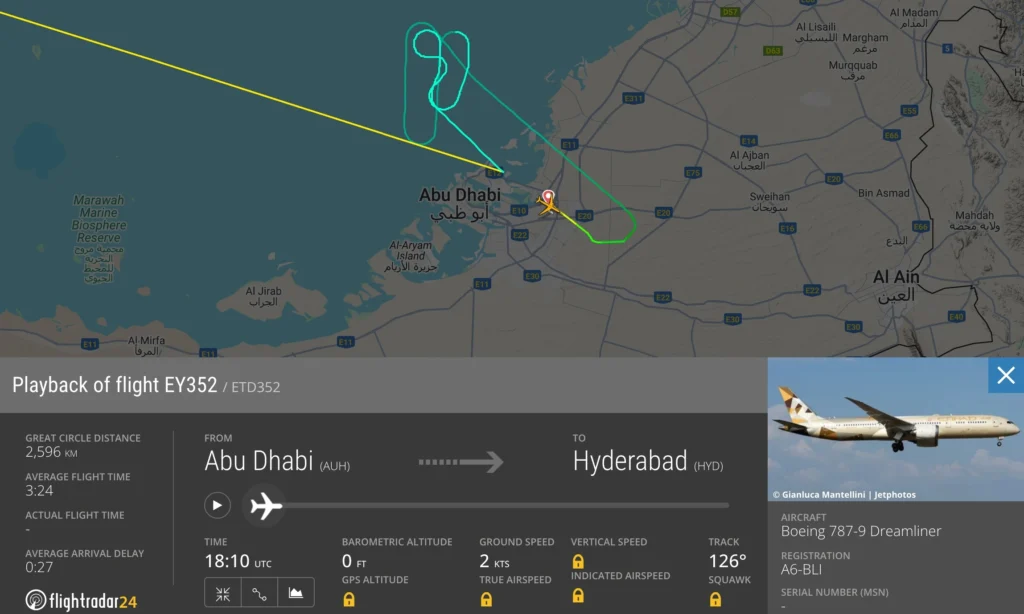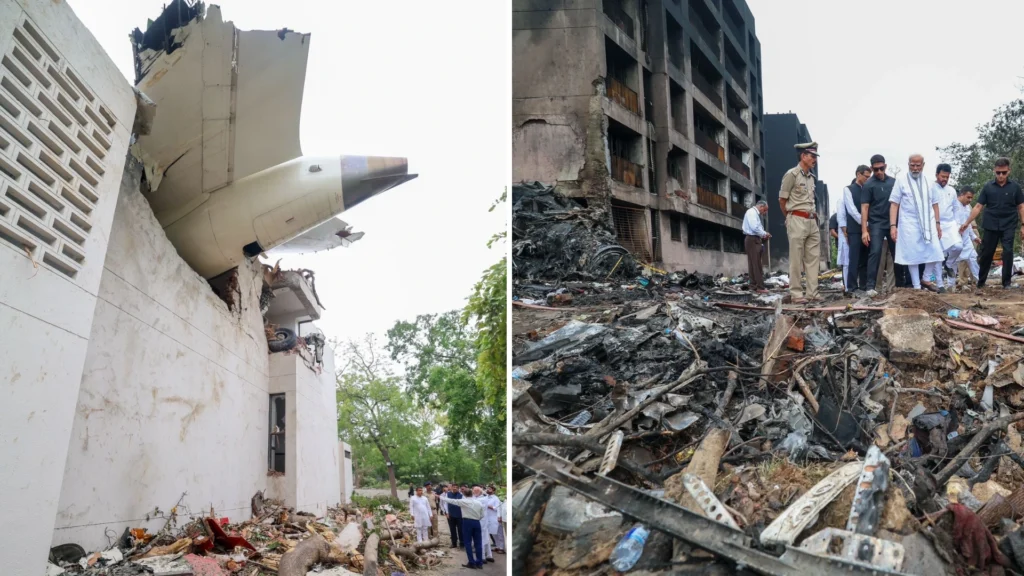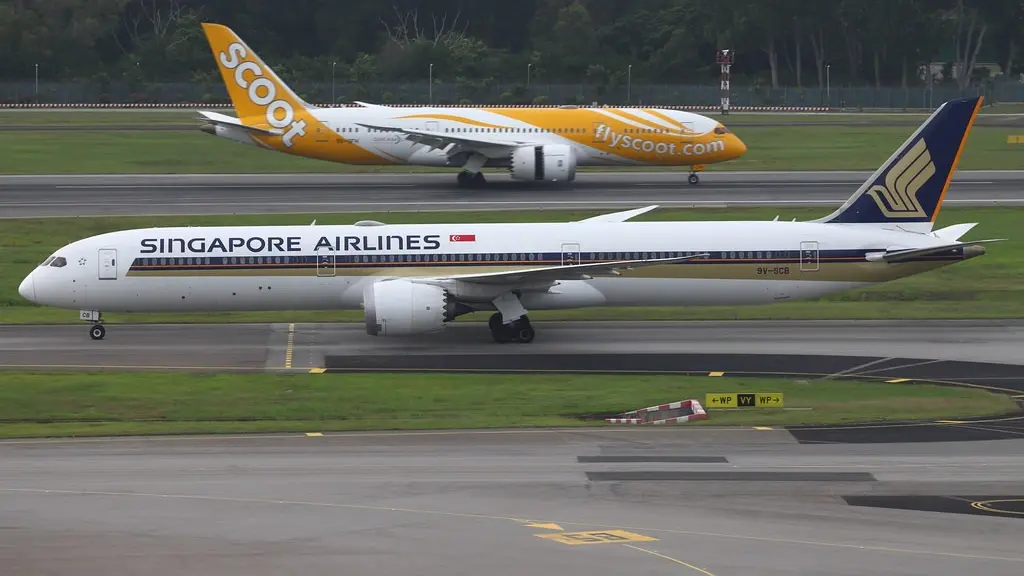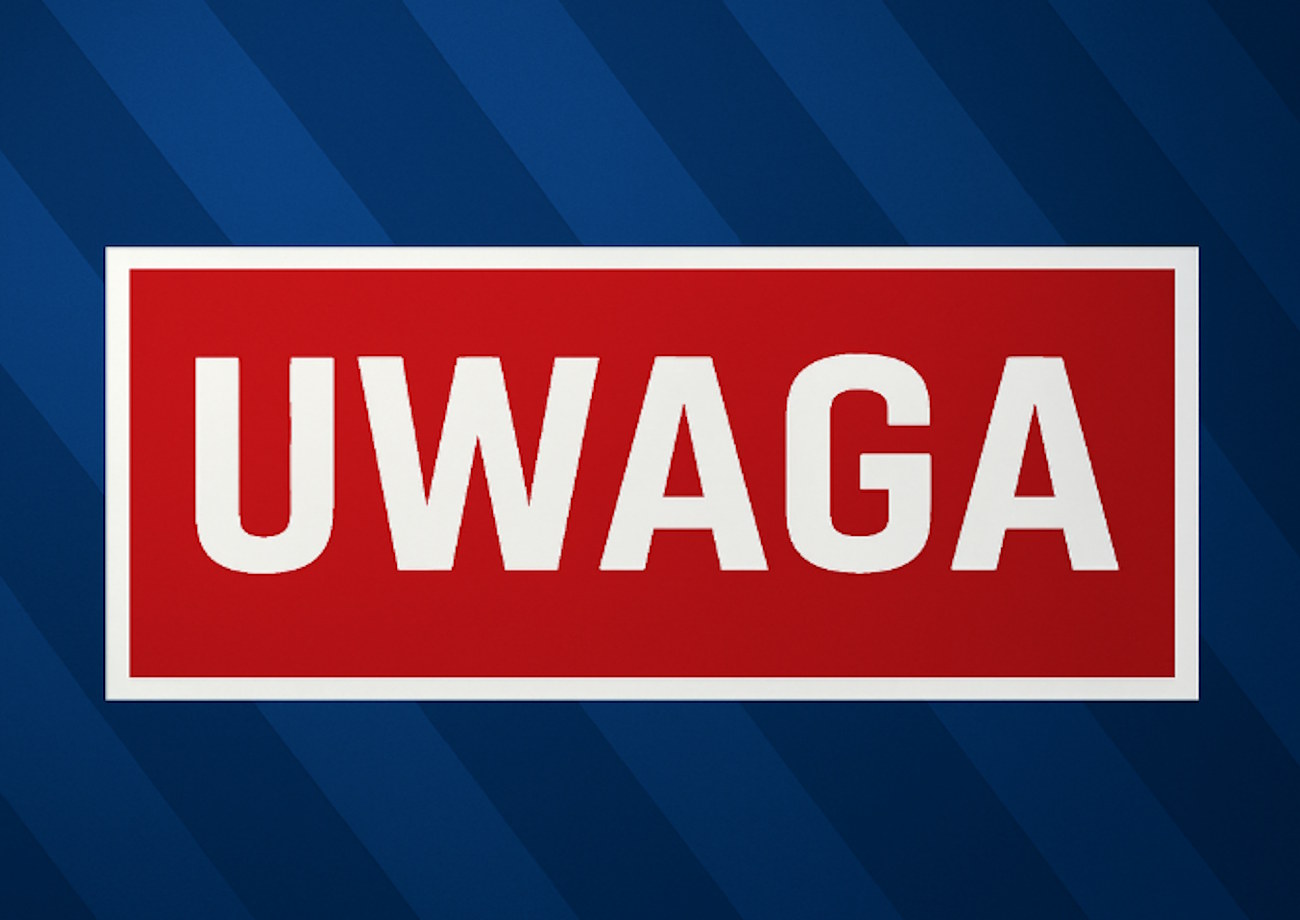
ABU DHABI— An Etihad Airways (EY) flight bound for Hyderabad (HYD) was forced to return mid-air to Abu Dhabi International Airport (AUH) for urgent safety inspections. The Boeing 787 Dreamliner’s U-turn followed the release of a report on a recent Air India (AI) crash in Ahmedabad (AMD), which raised global concerns over fuel switch operations.
The precautionary move by Etihad Airways comes in response to a preliminary investigation into the fatal AI171 crash on June 12, which revealed both fuel switches had moved to the “cut-off” position shortly after takeoff, disabling engine power.
 Photo: FlightRadar24
Photo: FlightRadar24Etihad Boeing 787 U-Turn
The Etihad Airways Boeing 787 was ordered to return to AUH shortly after departure as a precautionary measure.
The incident occurred soon after Indian authorities released early findings into the Air India AI171 crash that killed 270 people, including 52 British nationals. The report highlighted critical concerns with the Dreamliner’s fuel management systems.
Etihad Airways confirmed that the return was made to enable immediate inspection of the aircraft’s fuel switches. A company spokesperson emphasized that Etihad maintains full compliance with all manufacturer and regulatory safety protocols.
The decision reflects heightened global scrutiny surrounding Boeing 787 fuel systems, with airlines proactively evaluating risk after the crash. Although the Etihad flight experienced no malfunction, the carrier acted in alignment with best safety practices.
 Photo: PM Narendra Modi X Handle
Photo: PM Narendra Modi X HandleAir India Crash Investigation
The Aircraft Accident Investigation Bureau (AAIB) report revealed that both fuel switches on the Air India Dreamliner unexpectedly shifted to “cut-off” immediately after takeoff, resulting in a loss of engine thrust.
While no direct blame has been assigned to the pilots or aircraft, cockpit voice recordings suggest one pilot denied switching the fuel off when questioned by the other.
Campbell Wilson, CEO of Air India, noted the investigation is still underway and no technical issues were found across the fleet during routine checks. According to Wilson, the aircraft involved had passed all standard pre-flight tests, including pilot breathalyzer and health screenings.
While the report refrained from issuing recommendations to Boeing or engine manufacturers, it underscored the unexplained nature of the fuel switch movement.
Meanwhile, the FAA reassured international regulators that no safety concerns exist with the Boeing 787’s fuel systems at this stage.
 Photo: Kwok Ho Eddie Wong | Flickr
Photo: Kwok Ho Eddie Wong | FlickrImpact on Airlines and Aviation Safety
The Etihad incident signals how a single crash report can trigger immediate industry-wide caution, particularly when the preliminary cause remains unresolved.
Fuel switches—normally used to shut off fuel during emergencies—are now under the microscope for both their design and possible human or mechanical interference.
Etihad’s action also reflects a broader industry commitment to proactive risk management. Other international carriers operating the Boeing 787 are reportedly conducting internal checks, though no similar events have been reported.
As investigations continue, aviation regulators and airlines worldwide are expected to monitor developments closely, particularly regarding any findings that may influence aircraft design, maintenance protocols, or cockpit procedures.
Stay tuned with us. Further, follow us on social media for the latest updates.
Join us on Telegram Group for the Latest Aviation Updates. Subsequently, follow us on Google News
Etihad told its Pilots to Be Cautious with Boeing 787 Fuel Control Switches
The post Etihad Flight with Boeing 787 Makes U-Turn to Abu Dhabi appeared first on Aviation A2Z.













![Święto policji także w Sielpi. Mundurowi zaprosili na piknik [wideo, zdjęcia]](https://tkn24.pl/wp-content/uploads/2025/07/Swieto-policji-takze-w-Sielpi.-Mundurowi-zaprosili-na-piknik-04.jpg)



